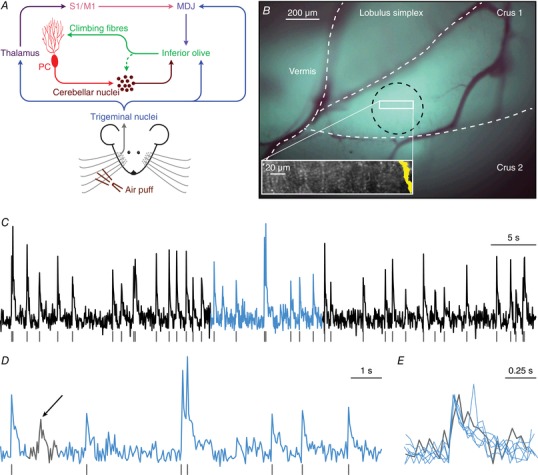Figure 1. Sensory pathways carrying facial input to the cerebellar cortex.

A, scheme of the main routes conveying facial tactile input via the climbing fibre pathway to cerebellar Purkinje cells (PC). Climbing fibres, which cause complex spike firing in Purkinje cells, exclusively originate from the inferior olive. The inferior olive, in turn, is directly innervated by neurons from the trigeminal nuclei as well as indirectly via thalamo‐cortical pathways that project to the inferior olive mainly via the nuclei of the mesodiencephalic junction (MDJ). The MDJ itself also receives direct input from the trigeminal nuclei. See main text for references. B, in vivo two‐photon Ca2+ imaging was performed to characterize Purkinje cell complex spike responses to sensory stimulation in the medial part of crus 1. Purkinje cells were detected using independent component analysis and the position of a Purkinje cell dendrite (yellow area on the right) within a field of view is shown in the inset. At the end of each recording session, the brain was removed and the location of the dye injection in medial crus 1 was confirmed through ex vivo epifluorescence imaging (black circle). The white rectangle indicates the approximate recording location. C, complex spikes that were triggered by climbing fibre activity were retrieved from fluorescence traces of individual Purkinje cells. A representative trace obtained from the Purkinje cell dendrite illustrated in B is shown together with the detected complex spikes (grey lines). The light blue episode is enlarged in D. Complex spikes were detected by the combination of a threshold and a template matching algorithm. Only events with a sharp rising phase were accepted as complex spikes. In the 60 s interval shown in C, there was one event with a slower rise time (see arrow in D), as indicated at a larger time scale in E. The events in E are scaled to peak.
